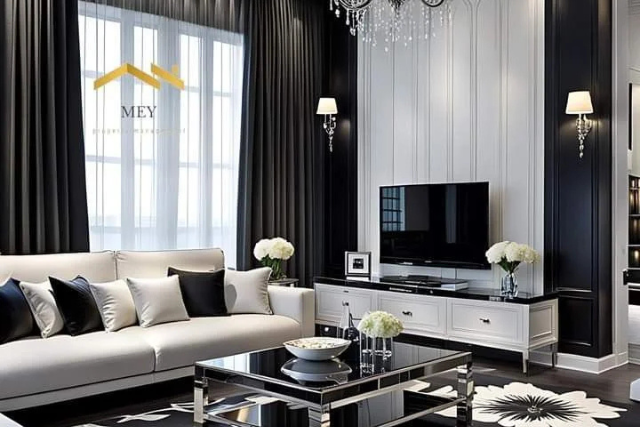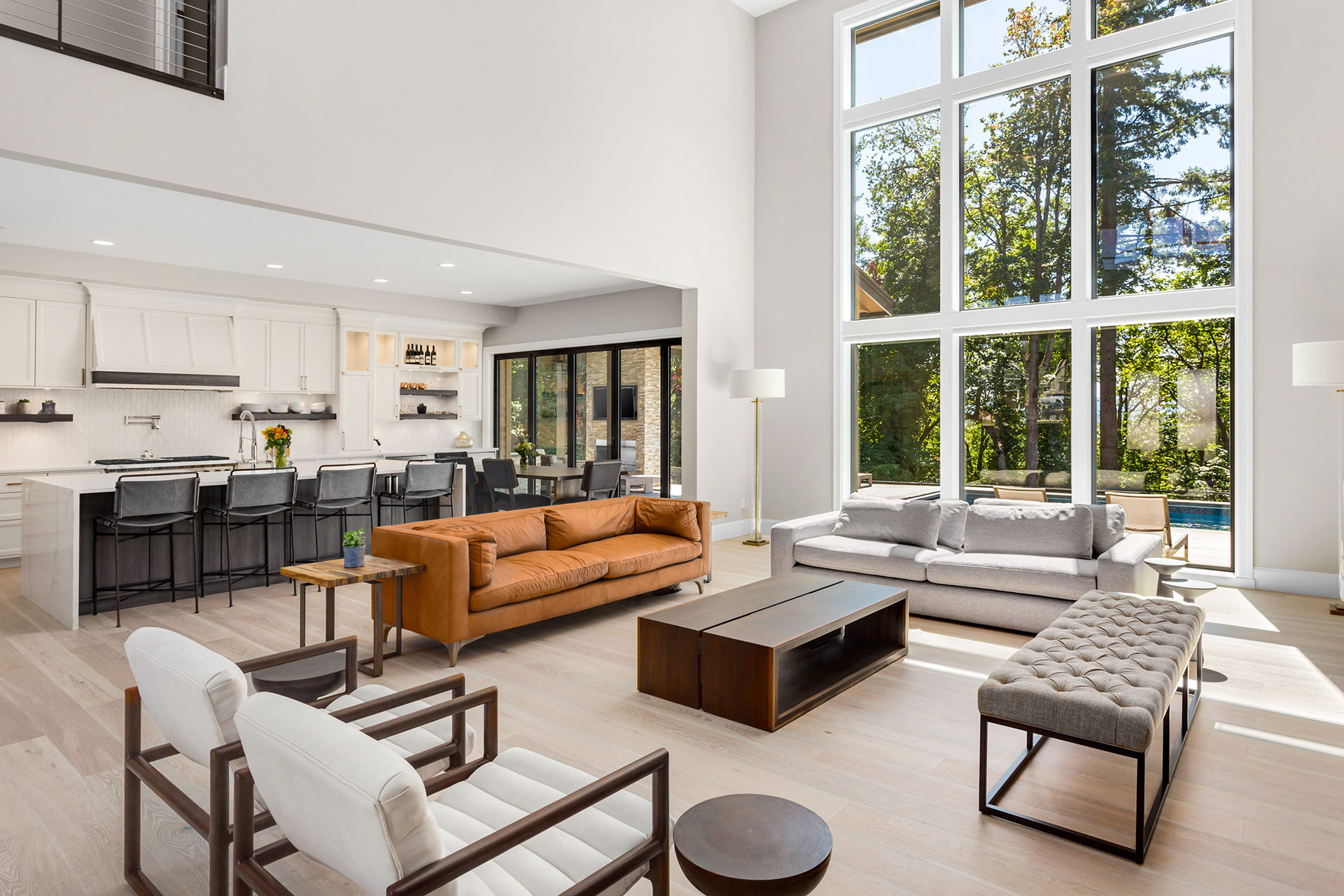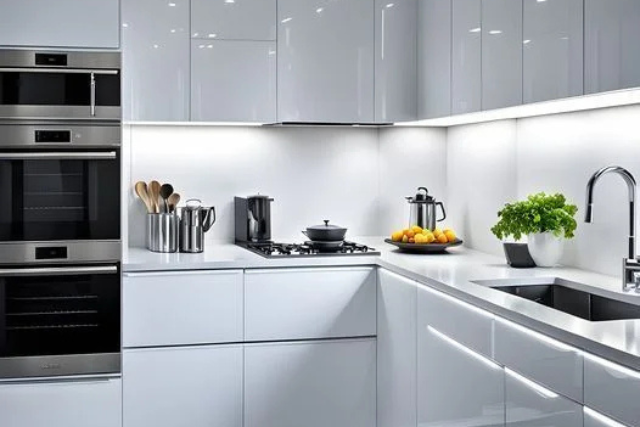Hospital Interior Designer In Toronto
Creating Healing & Functional Spaces
Hospital Interior Designer in Toronto: Creating Healing & Functional Spaces
Hospitals today are being reimagined to move away from sterile, intimidating environments and toward healing-centered spaces. Design is now a powerful tool in improving patient experiences, reducing stress, and even accelerating recovery times. From modern hospital design USA projects to innovative healthcare renovation Canada efforts, the focus is on creating patient wellness interiors that combine safety, function, and comfort.

Evolution of Hospital Design
Hospital interiors have undergone a major transformation over the last decade. What was once purely about efficiency and cleanliness is now about patient-centered healing. Facilities are incorporating natural elements, smart technologies, and flexible layouts to create environments that feel less like institutions and more like wellness hubs.
- Human-Centered Spaces: Warmer, more inviting spaces.
- Technology & Comfort: Digital systems that don’t overwhelm patients.
- Wellness Focus: Holistic design with health and comfort in mind.
Pro Tip: Blend smart technology with natural design features to balance efficiency and calm

PATIENT WELLNESS INTERIORS
A patient’s surroundings can make a measurable difference in their recovery journey. Thoughtfully designed patient wellness interiors encourage rest, reduce anxiety, and build trust between patients and healthcare providers. The goal is to create environments that nurture the body while supporting emotional wellness.
- Natural Light: Reduces stress and regulates sleep.
- Calming Colors: Blues and greens encourage relaxation.
- Family Areas: Comfortable zones for loved ones to support healing.
Pro Tip: Use biophilic design—plants, wood, and natural textures—to bring calming energy indoors.

Entrance and Reception
The entrance sets the first impression and must communicate comfort and care immediately. Patients and families often feel anxious upon arrival, so the design should ease tension and provide clarity. A well-designed reception fosters a sense of calm while ensuring smooth navigation through the hospital.
- Spacious Lobbies: Reduce crowding and noise.
- Clear Signage: Easy wayfinding lowers stress.
- Comfortable Waiting Areas: Ergonomic seating and soothing décor.
Colors and Materials
The materials and finishes used in hospitals shape both safety and atmosphere. While durability and hygiene are critical, color choices and textures can create warmth that makes patients feel more comfortable. By blending practicality with aesthetics, interiors can be both safe and inviting.
- Non-Toxic Materials: Promote long-term health.
- Warm Palettes: Beige, greens, and neutrals add calm.
- Durable Surfaces: Strong finishes that remain welcoming.
Pro Tip: Avoid harsh whites, opt for softer tones that reduce anxiety.
SPECIALIZED SPACES
Modern hospitals include more than treatment rooms; they now provide specialized areas to support overall wellness. These spaces create a holistic environment where physical, mental, and emotional needs are addressed together. Adding variety also makes hospitals feel less monotonous and intimidating.
- Therapy Rooms: Motivational design for rehabilitation.
- Meditation Spaces: Quiet zones for reflection and peace.
- Children’s Wards: Bright yet calming environments.
Pro Tip: Create multipurpose spaces that can be adapted for different patient needs.

Patient Rooms
Patient rooms are the heart of any hospital interior, as they directly affect healing and comfort. These spaces need to prioritize privacy, rest, and emotional well-being while still maintaining functionality for caregivers. A well-planned room design makes recovery easier and helps patients feel cared for.
- Private or Semi-Private Layouts: Reduce stress and improve dignity.
- Ergonomic Furniture: Adjustable beds and seating for comfort.
- Quiet Acoustics: Minimize disruptive noise for better rest.
Pro Tip: Choose muted greens and blues to make rooms more soothing and restorative.

Healthcare Renovation In Canada
Hospitals in Canada are being upgraded to meet the growing demand for sustainable and patient-focused care. Healthcare renovation Canada projects emphasize green building practices, updated technologies, and the inclusion of wellness hubs. The goal is to modernize facilities while keeping patients at the center of design.
- Sustainability: Eco-friendly construction materials.
- Smart Technology: Integrated systems for efficiency.
- Wellness Hubs: Blending healthcare with holistic wellness.
Pro Tip: Future-proof renovations by designing flexible and modular layouts.
LIGHTING, ACOUSTICS, AIR QUALITY
Environmental quality is one of the most overlooked yet vital elements in hospitals. Proper lighting, controlled sound, and clean air directly impact patient comfort and recovery. Designing with these factors in mind ensures that hospitals truly support wellness beyond just treatment.
- Natural & Circadian Lighting: Aligns with biological rhythms.
- Noise Reduction: Panels and quiet flooring reduce stress.
- Air Purification: Advanced systems prevent infections.
Pro Tip: Incorporate large windows and modern HVAC systems for healthier interiors.
FUTURE OF HOSPITAL DESIGN USA
Hospitals in the USA are leading innovation by combining technology and wellness-driven design. Facilities are now being envisioned as healing hubs, not just treatment centers. With sustainability and AI integration on the rise, the next generation of hospitals will prioritize adaptability and patient comfort.
- AI-Powered Rooms: Adaptive lighting, climate, and monitoring.
- Sustainable Infrastructure: Solar, water recycling, eco-materials.
- Healing Hubs: Spaces that feel like wellness resorts.
Pro Tip: Design adaptable interiors that can quickly respond to future health challenges.



